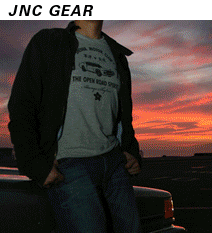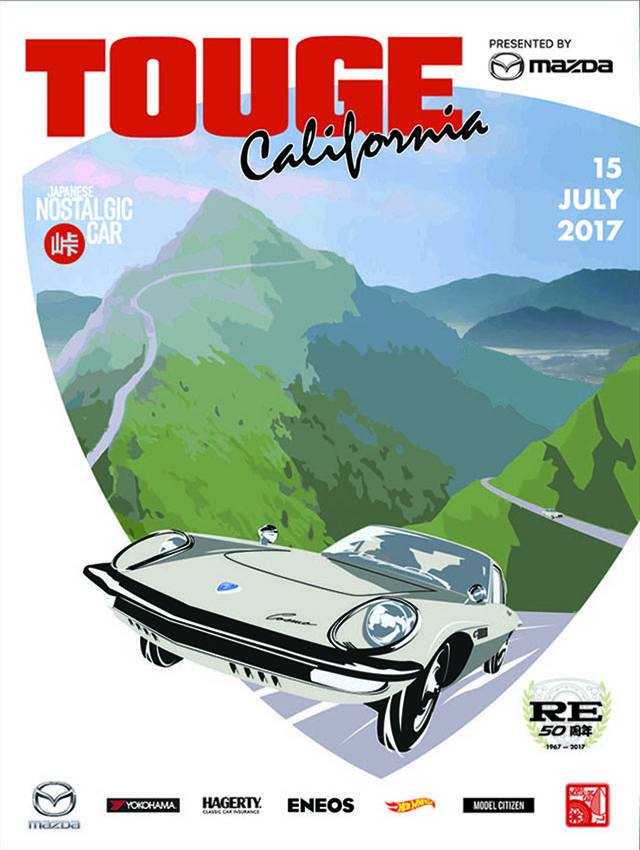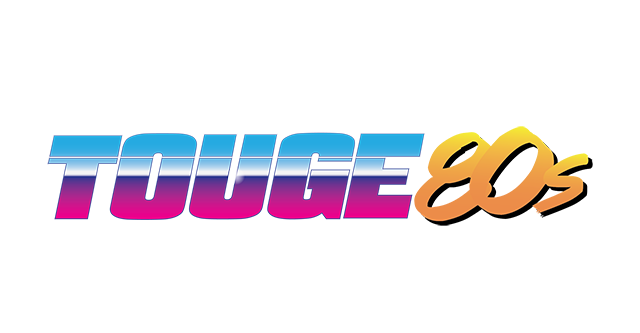Created to introduce its audience to the Datsun brand, a 1973 Datsun promotional video serves up loads of drool-worthy imagery. The 20-minute short film presents a primer on Nissan history dating back to the 1930s before going behind the scenes at factories and testing facilities. It’s a technicolor feast for the eyes, as vivid Sunnys, Bluebirds, and 240Zs, dance across the screen.
The video was created for a European audience, likely the UK. When the latest and greatest models are shown, the narrator calls out the Datsun 160J instead of the 610, or the 120Y instead of the B210. It also calls out the E10 Cherry/100A and Cedric/260C, neither of which made it to the US. When it covers Nissan’s motorsports activities it focuses on the Safari and Monte Carlo rallies, with no mention of Bob Sharp Racing or BRE.
In these sorts of videos we always find the footage from R&D the most interesting. Whether it’s the low-res CAD program or the crude crash tests, it’s fun to see the latest and greatest technology from half a century ago. The video even mentions Nissan’s experimentation with the rotary engine and an experimental safety car concept that looks suspiciously like a foreshadowing of the 1977 C210 Skyline.
Watching assembly lines churning out 610s by the thousands to a jaunty rock soundtrack can be pretty entertaining as well. By this time Nissan had a dozen dedicated ro-ro ships exporting over 700,000 cars annually to markets around the world. There’s footage of Zs and 710s and even a President being hauled off to who-knows-where from the Honmoku, Yokohama port. A fleet of Datsun 620 pickups are likely headed to the US, all bedless thanks to the Chicken Tax.
It was a bright, optimistic time. The images are so rich you can practically smell the vinyl off-gassing through the screen. The sea of shiny new Nissans in vibrant colors like orange and blue, and all their unoxidized parts, make us yearn for a time machine. So sit back, grab a cold one, and enjoy the trip from 51 years in the past. What a time to be alive!










Interesting, Ben – you surmised this video was made for a European audience – and I see mainly LHD examples to back that assumption up, so the narrator has a definitely British voice – but he pronounces the 240Z as the American “Zee” instead of “Zed” (that’s certainly how it’s said in both Britain and Australia but I must admit to ignorance as to how European countries _other_ than Britain would pronounce it).
Quite the contradiction of a video!
Sorry, I failed to mention that Britain and Australia both also drive on the LH side of the road with RHD vehicles! Further muddying of the water!
Some of the cars called out by their Euro-market names have obvious US-spec bumpers, and the trucks being driven on the boat in the last screenshot (15:35 in the vid) are LHD shortbeds leaving Japan in Chicken Tax-avoiding chassis-cab form, their beds to be flatpacked separately for assembly and installation near LA/Long Beach docks.
I am trying to figure out the audience for this, not so much where but the demographic so to speak, I was 13 when this was made, and it is so much like the old projector type movies they would show you in a given class…like something you would see in biology class or drivers ed class…for sure not for the american market really. by 1973 the whole import market was in full swing in the U.S. and this is more of an Introduction to Datsun type video to educate people. Don’t get me wrong I love the video of course. Just wondering who the target was 🙂
The audience for this is potential shareholders and investors, dealers and distributors in emerging markets, and Nissan’s corporate staff. I have paper booklet versions of this presentation style going back into the 50’s.
The US and Canadian market was a Nissan corporation offshoot, where in other countries it was often a partnership with a government or a local corporation because of protectionism or the political system, I think this is why the model names are the more common export ones. Other than pride, there was no need to sell Nissan’s a company to the North American countries, so other than US film clips to show that Datsun was widely accepted by American buyers – seen as a big endorsement in other markets- this is aimed at further global expansion.
The 160J in the video is not the Datsun 610, but rather the 710.